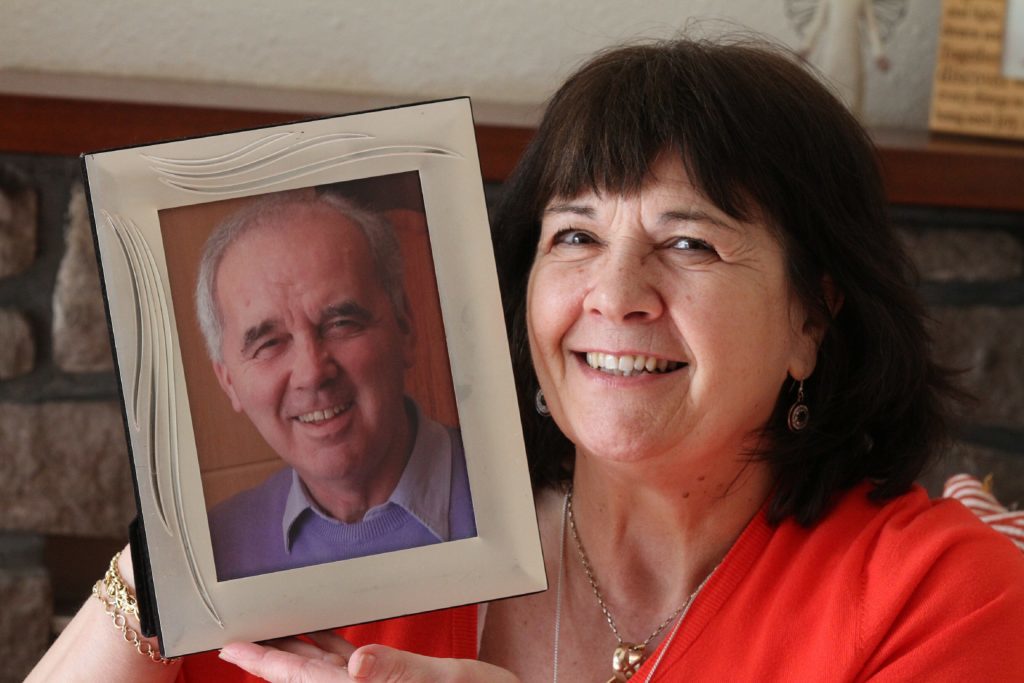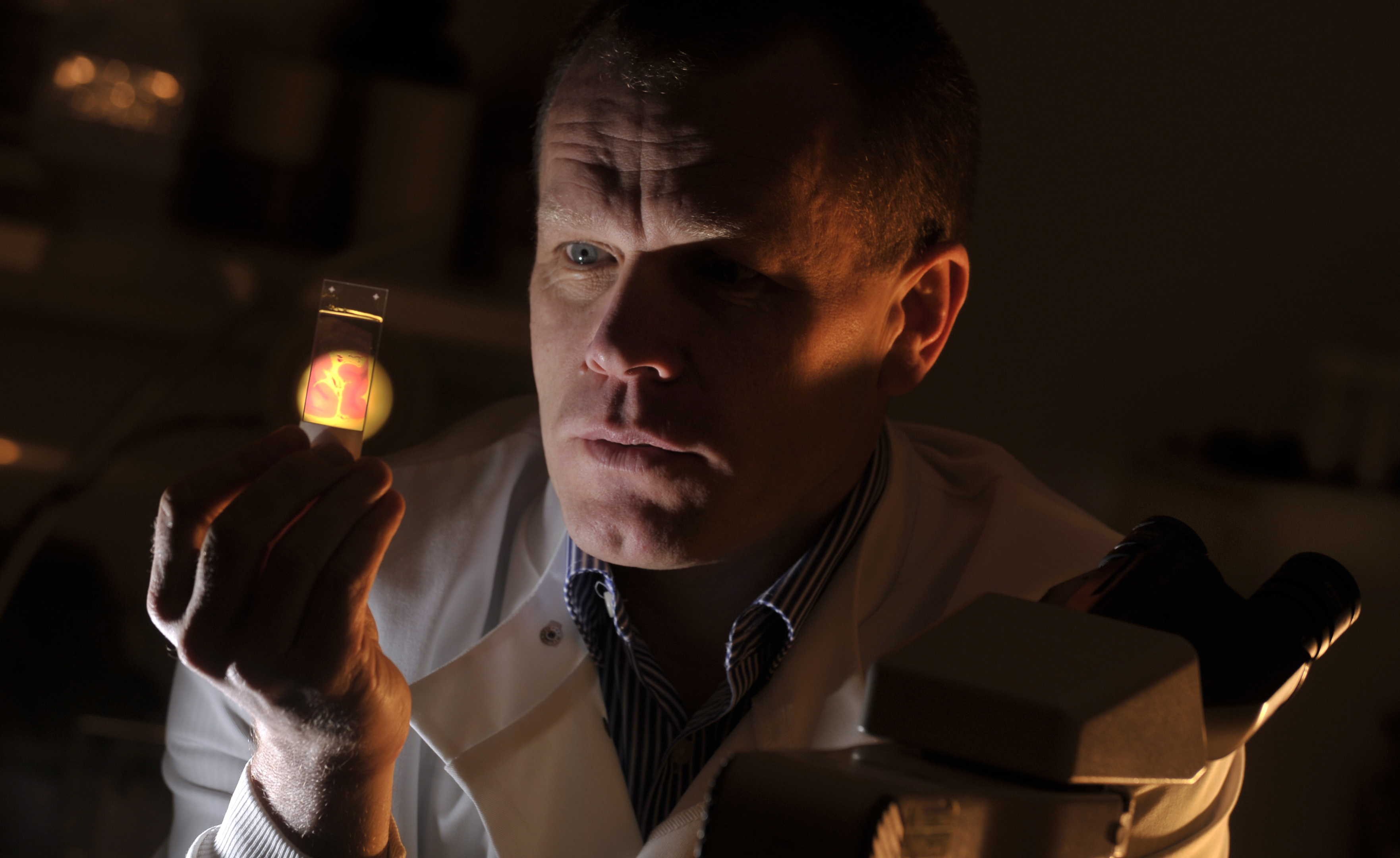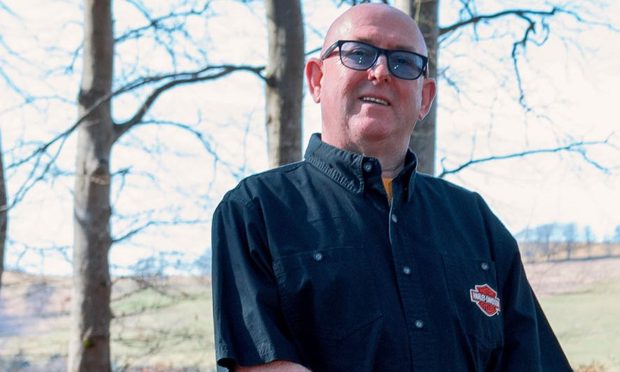Football’s governing bodies are facing renewed calls to acknowledge the link between heading the ball and developing brain illnesses later in life.
Kirriemuir-based Amanda Kopel, former Celtic striker Chris Sutton, the daughter of ex-Scotland boss Ally MacLeod and the family of Chesterfield legend Ernie Moss said the evidence can no longer be ignored.
The relatives want football authorities to fund research into dementia and do more to support ex-players who need care.
Mrs Kopel suspects her husband Frank’s dementia was caused by years spent heading a hard leather football — like former England striker Jeff Astle, the first confirmed case of chronic traumatic encephalopathy (CTE) in English football.
Frank Kopel made his name as a full-back for Dundee United so would have felt the impact of a ball on his skull several times almost every day of his career.
He died just days after his 65th birthday, having lived with the disease from the age of 59.
The family faced the distress of feeling unable to get the correct diagnosis of Frank’s condition until having his medical history re-examined by neuropathologist Dr Willie Stewart.

Dr Stewart said leading associations will not pay for research similar to the type which has revolutionised rugby’s approach to the issue – despite the game’s huge wealth.
He believes authorities could be opening themselves up to legal action if they continue to ignore the dementia link to heading the ball.
Dr Stewart said: “If we had £150,000 over two or three years, we could do this research.
“For many players, that’s just a week’s salary.”
In May, the English Football Association said it would lead a study into possible links between football and brain diseases.
Four of the eight surviving outfield players of England’s 1966 World Cup-winning team are suffering significant memory problems, including Frank’s former Manchester United team-mate Nobby Stiles, who is battling dementia.
The SFA’s medical director Dr John MacLean said there hasn’t been a lot of research into the effects of heading in football but there’s been a lot done into head injury in sport.
He said: “The difficulty has been that the research done so far is still equivocal about the part that heading has to play in CTE versus head trauma from head injuries and concussion.
“That’s not belittling the fact there are individuals who have played professional football who got CTE as a result.”
Since Frank’s diagnosis, Amanda, 66, has campaigned tirelessly for Frank’s Law – a law which would extend free care to under 65s with dementia.










